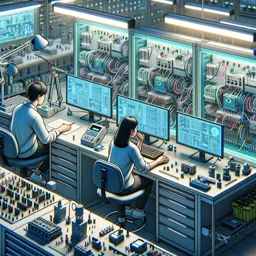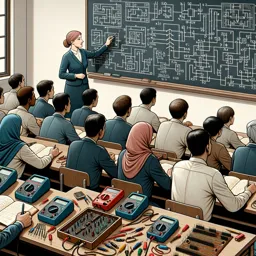Understanding Wind Energy Systems
Wind energy harnesses the natural power of the wind to generate electricity. As more industries shift towards sustainable power solutions, professionals in the electrical field are increasingly working on wind energy installations. This article provides electricians and aspiring professionals an overview of how wind energy systems operate and their key components.
Core Components of Wind Energy Systems
- Rotor Blades: Capture kinetic energy from wind and convert it into rotational energy.
- Nacelle: Houses the gearbox, generator, and control electronics.
- Tower: Elevates the system to optimal heights for wind capture.
- Electrical System: Includes wiring, inverters, transformers, and grid connection points.
Each component must be properly installed and maintained by qualified electrical professionals to ensure safe and efficient operation.
How Wind Power is Generated
When wind passes over the blades, they spin a shaft connected to a generator. The generator then converts this mechanical energy into electrical energy. In most modern systems, inverters are used to match the frequency and voltage of the electricity to that of the local grid, making it distributable for homes and businesses.
Electrical Considerations in Wind Energy
Working with wind energy systems presents unique electrical challenges and opportunities. Electricians are often responsible for:
- Installing wiring and circuit protection for turbine controls and monitoring systems.
- Safely connecting wind systems to local utility grids or off-grid systems.
- Troubleshooting electrical faults and ensuring compliance with safety standards.
Continuous learning is essential for electricians interested in renewable energy installations like wind systems.
Benefits for Electrician Professionals
Specializing in wind energy opens new career opportunities for electricians. With global demand for renewable energy on the rise, professionals with expertise in wind power systems are needed both for installation and ongoing maintenance.
Many training programs and professional courses now cover core competencies in wind energy, ensuring that electricians are prepared for the future of sustainable power.
































